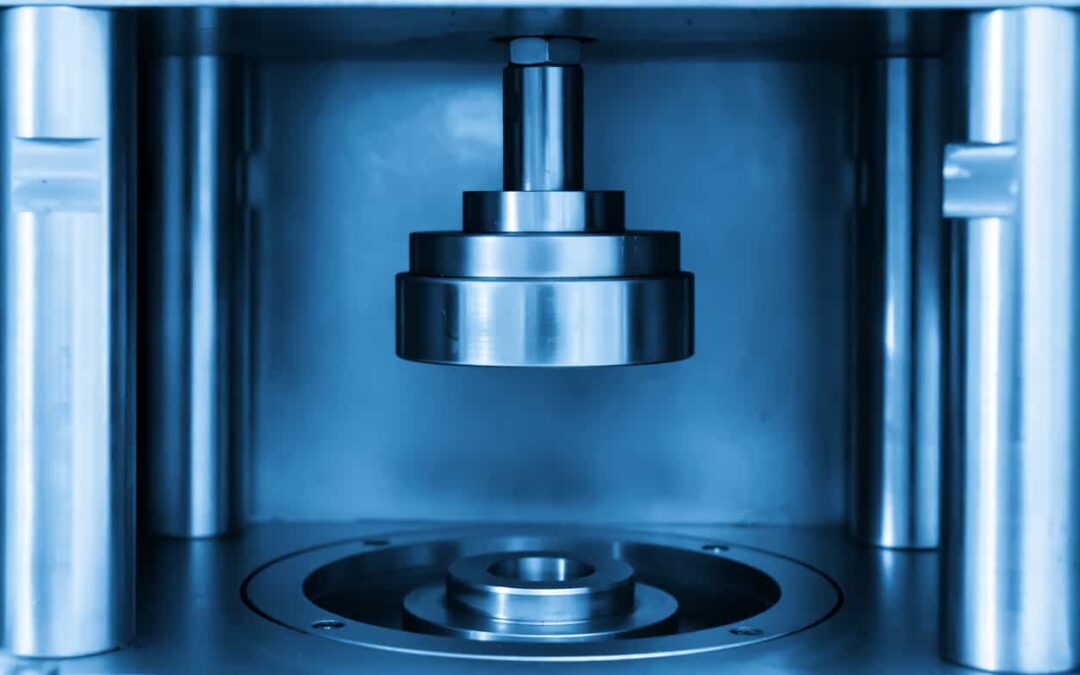The materials science behind the fittings and attachments on your hydraulic equipment is not usually considered, but it is very important to the scope and scale of work you are wanting to perform.
While plastics offer an inexpensive, flexible, and non-corrosive option for fittings and couplings, they are rarely used in hydraulic systems intended for high-pressure/torque utilization. Their lower strength and tensile stability render them less useful for most tasks.
Brass is a common metal used for light industrial hydraulics. With good strength and corrosion resistance, as well as a lower cost than most metals, brass is probably used most widely. However, the temperature profile of brass must be considered, as temperatures about 200C will soften and weaken the metal, exposing potential weakness in the high-pressure system.
In the most demanding applications, stainless steel is almost always used. It combines high strength, great resistance to corrosion, and a temperature profile of up to 600 degrees Celsius. It is the premier choice for a combination of high-temperature or corrosive hydraulic fluids, a corrosive environment, or both.
Lastly, as the requirements for resistance to pressure and or corrosion increase, many hydraulic fittings are coated with a number of protective coatings. While cadmium was long used as the primary metal for this electroplating, trivalent zinc is now more readily used, due to resistance to saltwater corrosion, and a lower environmental impact.
Texas Hydrostatics understands the nuts and bolts details of hydraulic systems, including the materials science behind the selection of fittings materials, and are ready to help you decide what system is best for your business.

